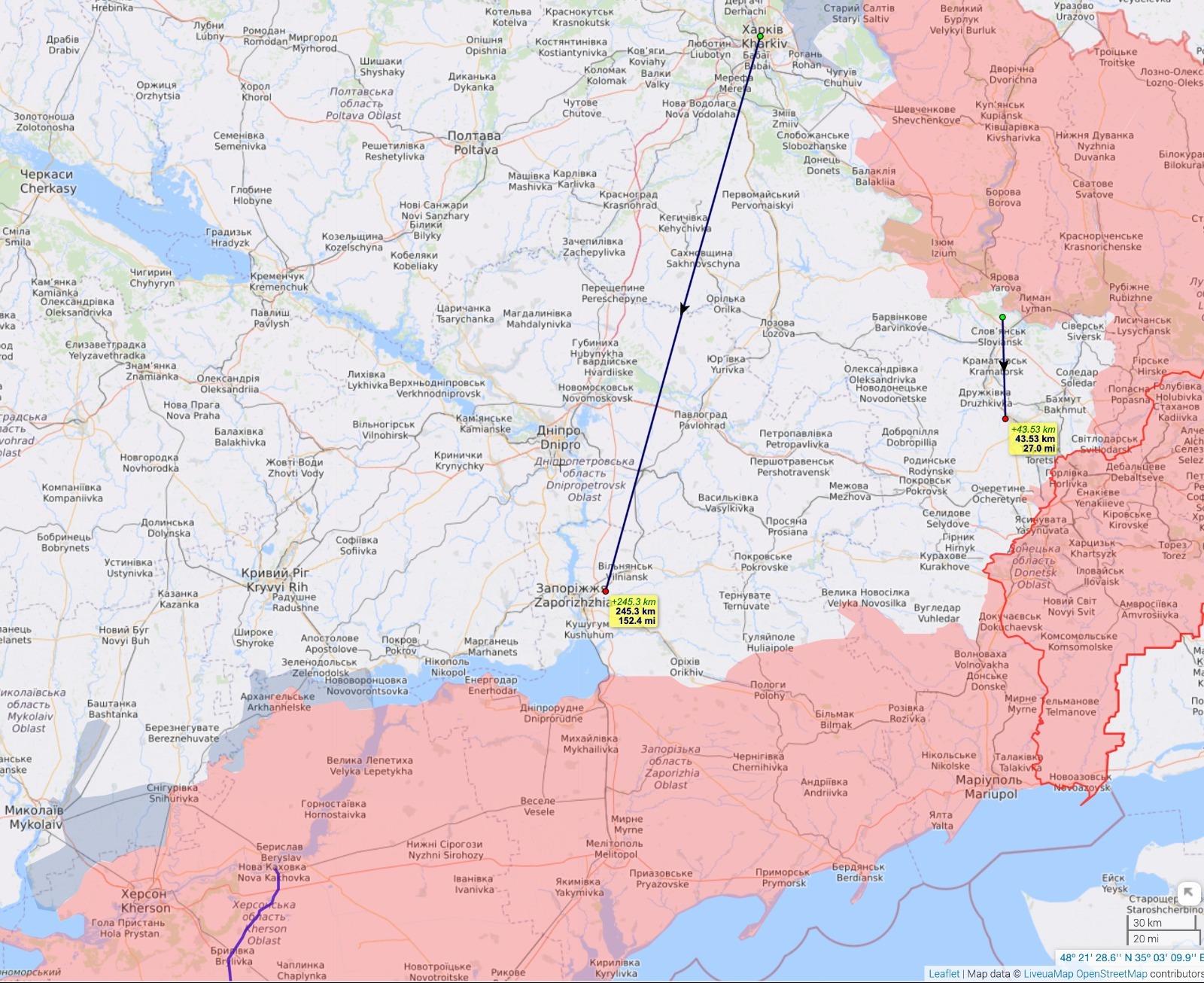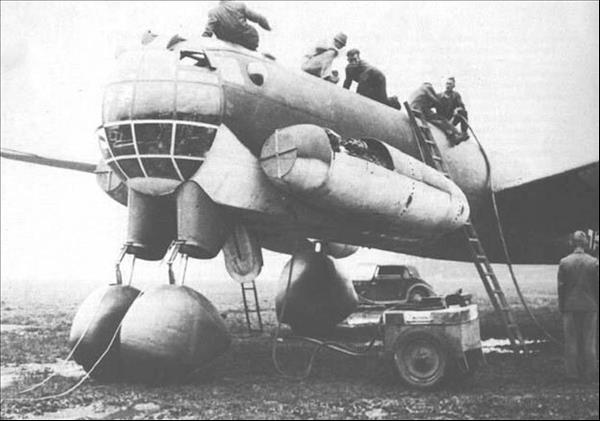
Ukraine The Situation (July 15, 2022)
After the UK's Boris Johnson and France's Emmanuel Macron, who lost parliamentary elections, Italy's Mario Draghi appears to be the third victim of unintended consequences of the Ukraine war.
Ukrainian President Volodymyr Zelensky is fast losing allies – to the obvious delight of Russia's Vladimir Putin. In Germany, Olaf Scholz's government is teetering as his center-left coalition has lost its 50%-plus majority in recent polls.
Gazprom says the Nordstream 1 pipeline is being repaired but it is unable to forecast when it will resume operations. July 22 is the key date. If it's missed, Germany must draw down on gas reserves at a time they are supposed to be replenished for the winter. According to an authoritative Forsa poll published on July 14, a majority of Germans now see sanctions causing more harm to Germany than to Russia.
On the ground in Ukraine, the week-long operational pause declared by the Russian Ministry of Defense appears to be ending. Russian forces have surrounded and entered the town of Siversk (Donetsk oblast), the northern anchor of the first Ukrainian line of defense extending down to Fedorivka and Soledar to Bakhmut (see map).

The northern end of the second line of defense from Sloviansk down to Kramatorsk, which is the last line before the Dnepr River strategic defense line, continues to be challenged by Russian artillery.
The Ukrainian ministry of defense says that it has been ordered by President Zelensky to immediately mobilize a force of one million to liberate the south of Ukraine in a concerted counter-attack.
A week ago, Russian President Putin told parliament that Russian troops in Ukraine “haven't even really started anything yet” and declared that Western expectations that Ukraine can defeat Russia militarily are “absurd and only add to the suffering of the Ukrainian people.”
Center/EastAs the operational pause winds up, northern anchor positions of the Ukrainian forces in and around Siversk are under massive artillery attack and the Russian infantry has entered the town.
Capture of Siversk would unhinge the Ukrainian defense line down to Bakhmut and expose Ukrainian forces at Soledar and Bakhmut to being flanked while being frontally attacked by Russian forces concentrated in the Popasna region – a tactical repeat of the capture of Lysychansk.
Meanwhile, pressure on Sloviansk from the areas northwest of the city (from Izium) and northeast from Lyman is steadily being stepped up, but without notable territorial gain. The Sloviansk-Kramatorsk line will come under more concentrated attack when the Siversk to Bakhmut line has been secured by Russian forces – probably by the end of July.
A Russian assault on Yakolivka (about 6 kilometers northeast of Bahkmut) was stopped and pushed back by Ukrainian forces, as was an attack on the villages of Vesela Dolyna and Vershnyna southeast of Bahkmut.
SouthPresident Zelensky has declared the liberation of the south to be the primary Ukrainian war aim prior to final victory.

A HIMARS missile launch. Asia Times file photo
Thanks to units employing some of the four US HIMARS units, Ukrainian artillery continues to strike Russian ammunition depots and with a good deal of success.
Russian forces continue to expand and improve their defensive positions across the southern area of operations. Anecdotal reporting suggests the Russians are putting up defensive positions around the bridges that cross the Dnepr River
Other than artillery exchanges, there's no evidence as yet of increased activity in the south.
AssessmentWhile most of the military activity is continuing to be observed in the Center/East region, Ukraine has declared the liberation of the southern areas bordering the Black Sea as the principal goal of its mobilization efforts.
Jouni Laari, security advisor and political officer at EU External Action Service, summed up the situation as of the outset of the Russian operational pause (July 7) as follows:
“Russia has concentrated a total of 60 battalion tactical groups (BTG) in the Izium-Lyman-Bilohorivka-Bakhmut area, 20 BTGs in the Izium and 20 BTGs Lyman and 20 BTGs in the Bilohorivka-Bakhmut directions. The Ukrainians defending the corresponding area have altogether 20 battalions.”
This constitutes the classical 3:1 Russian advantage necessary for successful offensive operations. Unless Ukraine throws substantial additional forces well equipped with artillery into the battle for the Donetsk oblast, we should expect the systematic slow grind of the Russian offensive to continue and establish control over most of the eastern part of Donetsk oblast by summer's end.
Clearly, Ukraine must guard against any substantial strategic breakout of Russian forces in the direction of the Dnepr line. How, under these circumstances, with its obvious limitations on qualified manpower, Ukraine can mount a major counteroffensive and concentration of troops in the south is difficult to see.
There is incessant talk by Ukrainian military sources of the massive expected force multiplier effect of the promised US, UK and German MRLS units. This is a vast exaggeration and – if anything – resembles the Wunderwaffen faith in the final days of the Hitler regime.

Another view of the Junkers Ju 287 wonder weapon. Photo: Weapons and Warfare
The fact is that only a very small number of HIMARS and similar systems will be delivered and deployed in the short to medium term. All that's promised for now is a miserable dozen or so systems without adequate air defenses against established unchallenged Russian air superiority.
Moreover, according to an op-ed piece by Jillian Kay Melchior in the Wall Street Journal,“Ukrainian officials say they need about 100 HIMARS units. Meanwhile, a US Senate source told me the tranche that included the first four HIMARS included fewer than 20 missiles per launcher, though a subsequent tranche included significantly more.”
But it's the manpower equation that matters most. Reportedly, the Kremlin has ordered each of 85 Russian oblasts to provide volunteer battalions for the armed forces, thereby avoiding a centrally ordered general mobilization.
The regions are responsible for recruiting and providing recruitment incentives. Battalions of 400 men each, for a total force of 34,000 soldiers, are to be raised. The Ministry of Defense will pay a minimum salary of 170,000 rubles per month, (US$2,800) and the regions will generate top-up bonuses for enlistment.
These new“volunteer battalions” will readily generate the forces to flesh out the Russian army's losses. As noted before, if in this manner Russia can handle its manpower problem, and the war further morphs into a straightforward war of attrition, then – notes a US intelligence officer –“Russia can't lose and Ukraine can't win.”

Legal Disclaimer:
MENAFN provides the
information “as is” without warranty of any kind. We do not accept
any responsibility or liability for the accuracy, content, images,
videos, licenses, completeness, legality, or reliability of the information
contained in this article. If you have any complaints or copyright
issues related to this article, kindly contact the provider above.


















Comments
No comment